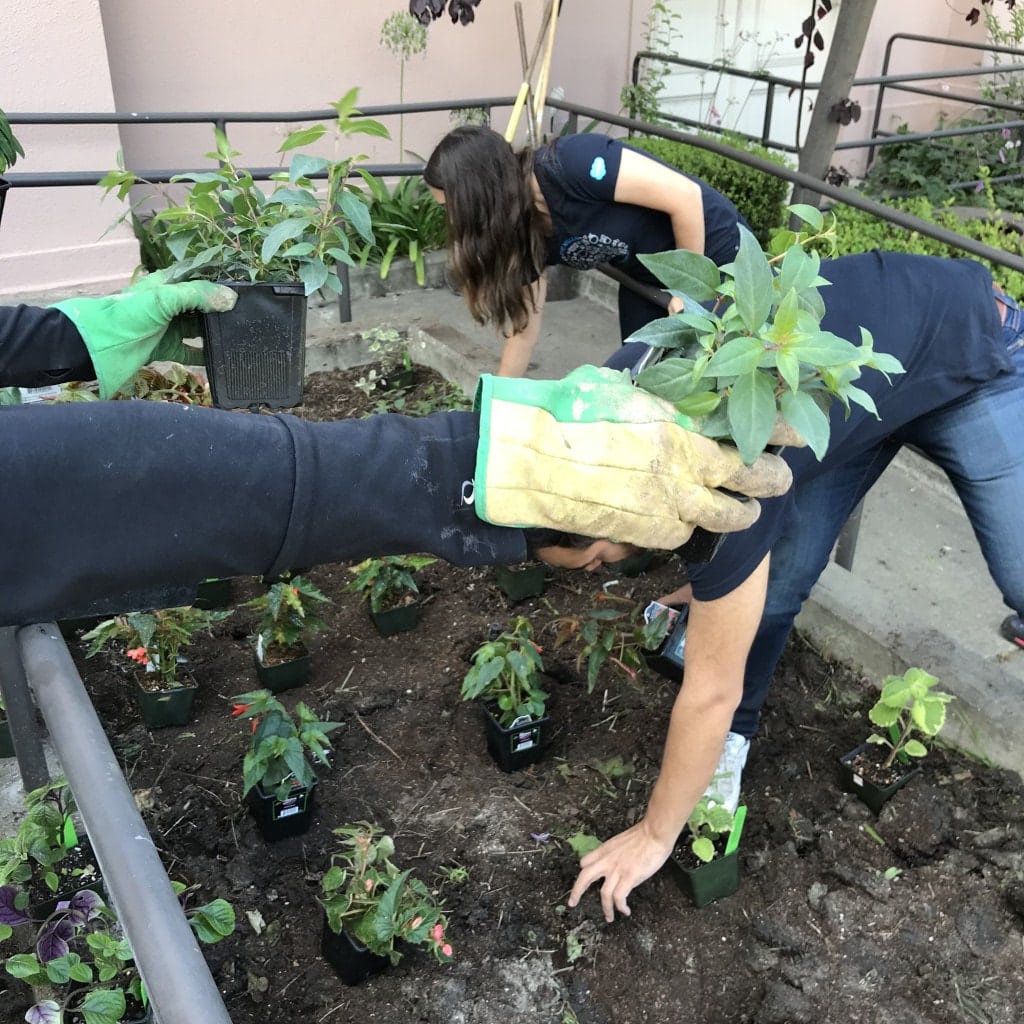Caring for indoor plants may appear effortless, but it entails more than mere watering. Often overlooked by beginners, the criticality of fertilizing cannot be overstated.
In this comprehensive blog post, we will guide you through the essentials of fertilizing indoor plants. From selecting the ideal fertilizer to avoiding common pitfalls, we’ve got you covered!

Beginner’s Guide: Enhancing Indoor Plants with Proper Fertilization!
The Benefits of Fertilizing Indoor Plants
Proper fertilization is crucial for indoor plants as it supplies vital nutrients for growth and helps maintain healthy foliage. Insufficient fertilization can lead to stunted growth, yellowing leaves, or even plant demise. Additionally, fertilization encourages regular blooming and the development of vibrant flowers. Ensure your plants receive the necessary nourishment to thrive and flourish.
Understanding the Growth Cycle of Indoor Plants
Indoor plants go through two growth periods: active growth and dormancy. Active growth occurs from spring to summer, while dormancy happens in fall and winter. To ensure optimum growth and health, only fertilize indoor plants during the active growth phase. Fertilizing during dormancy may cause root burn or damage.
Fertilizing Frequency and Amounts
Indoor plants need fertilizer every 2-4 weeks in the growing season (early spring to late summer). Don’t fertilize during the dormant season (winter) to avoid root damage. Follow label instructions for the right amount of fertilizer. Over-fertilizing can harm roots due to toxic build-up.
Choosing the Right Fertilizer
When choosing a fertilizer, there are two main types: liquid and granular. Liquid fertilizers are quickly absorbed, perfect for smaller indoor plants. Granular fertilizers release nutrients slowly, feeding your plants over a longer period. Read labels and instructions carefully before purchasing. Opt for indoor plant-specific, preferably water-soluble fertilizers, and avoid high nitrogen content to prevent leaf burn.
Methods of Fertilizing
Apply fertilizer properly by moistening the soil, then following package instructions for the fertilizer solution. Over-fertilizing can harm plants, so be cautious and fertilize moderately. Frequent or excessive use can cause salt build-up in the soil.
Indoor Plant Maintenance
Proper maintenance of indoor plants will also affect how often you need to feed your plants. Ensure your plants are healthy and growing strong by providing the appropriate amount of light, water, and airflow. Watch for yellowing leaves, which may indicate nutrient imbalances. Adjust as needed.
Unleash the Green Magic: A Guide to Fertilizing Indoor Plants for Optimal Growth
Fertilizing indoor plants doesn’t have to be daunting if you follow a few simple guidelines. By understanding the appropriate fertilizer, its application timing, and avoiding common pitfalls, you can guarantee your indoor plants will thrive in top condition, exuding health and vibrancy. Regular fertilization is the key to giving your indoor plants the well-deserved boost they need. Prepare to witness the remarkable transformation it brings!
The Wright Gardner provides excellent office plant care services to keep your plants healthy and vibrant. Our experienced team takes the guesswork out of indoor gardening with tailored expertise and advice. Choose from one-time or recurring services to bring your green dreams to life. Contact us today to take your indoor garden to the next level!
